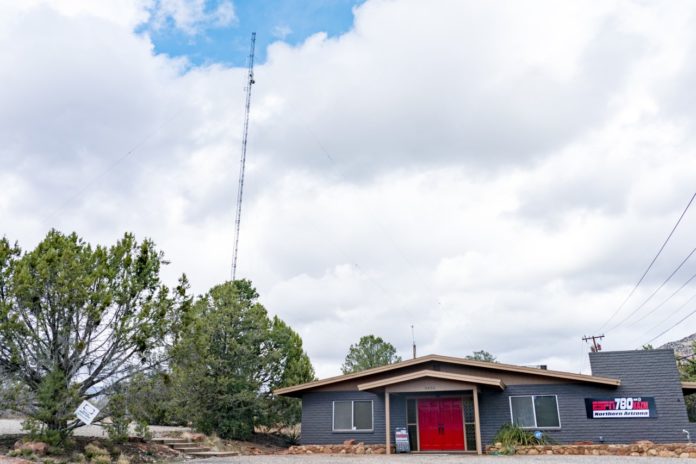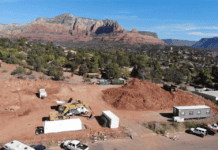It has been over a year since the Sedona City Council looked at the housing needs assessment and so far city leaders are still asking around for available and suitable properties.
“My definition of affordable housing is that a household can pay for their housing while still having money left over for other necessities, like food, transportation and health care,” Sedona and Cottonwood’s joint housing manager Shannon Boone said. “So that means what is considered affordable depends on a household’s income. So when I say affordable house …. I’m not differentiating between affordable and workforce housing. I’m just saying affordable housing is housing for everyone.”
The first objective of the housing plan from 2020 was to “encourage the development of affordable housing units that meet the needs of low- and moderate-income households.” But there have been multiple developers over the years who have approached the city about affordable housing sites. But according to staff reports, these sites were not zoned for multi-family housing and therefore would require the city’s approval to rezone the area.
Since the council views that the rezoning process historically has created barriers for developers, council is looking to identify appropriate sites in the city for the density and structure types needed for affordable housing projects, either with their own purchase or in partnership with developers.
At their special meeting on Feb. 9 to discuss potential solutions for the workforce housing crisis, the council brought up multiple properties for city staff to follow up with, including 3400 W. SR 89A and 60 Bristlecone Pines Road.
The 3400 W SR 89A property is currently leased out by the KAZM Radio Station on the state trust land. With the lease expiring next year, the city wants to look into what the state is planning on doing with the property.
“There’s a couple of ways to acquire state trust land,” City Manager Karen Osburn said. “Typically their mission is to sell it for the highest [bidding] and best use … but we’ve recently learned that the state land department may be interested in identifying opportunities for housing.”
The property is a total of 9.2 acres. And according to the council, this is a spot to consider for multipurpose and multifamily housing.
Just further down off 89A, the 26.82 acres at 60 Bristlecone Pines Road is currently owned by Northern Arizona Healthcare. In the past, this property was to become an extension piece of the existing hospital next door. But as plans fell through with the project, the city has been keeping an eye on the property, according to Boone.
“The zones around the hospital are all zoned [Planned Development], so I think those have potential too,” Boone said.
The PD zoning allows a various combination of land use in accordance with Community Plan.
Although both of these plans are not in motion, as both properties still are tied up in the hands of the current owners, the city is continuing to try and scout out any available land as employers still cannot staff their businesses.
At the council retreat earlier this year, Cultural Park was a large part of the discussion proposed to buy its 44 acres. Since then, the city has set its eyes on new properties as well, with the thought of Cultural Park still in the air.
Councilwoman Jessica Williamson expressed her concern with identifying sites before deciding what kinds of developments would be built on them.
Boone, along with city planning manager Cari Meyer, presented on the different considered types of housing. These included duplexes and multiplexes, courtyard apartment buildings, tiny home communities, townhomes, or commercial shops with housing above.
All of these options would not be more than six to eight units within the property, which according to staff is more in line with what residents want rather than larger apartments or condominiums.
Along with its workforce and affordable housing initiatives, the city is also working to implement incentives for short-term rentals to become long-term rentals and policy to restrict potential duplex housing to not become short-term rental properties.
“We’re trying to direct Shannon’s work program, investments, time, energy and city resources in places that aren’t going to be a waste of time,” Osburn said.





















